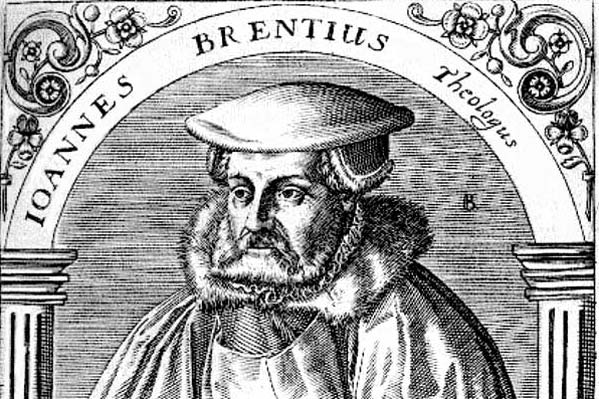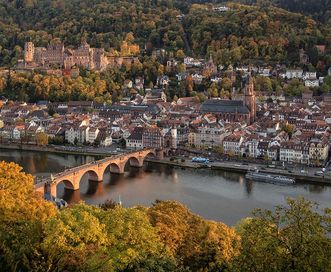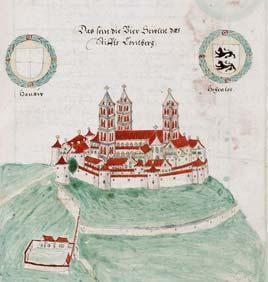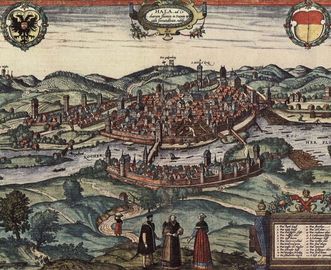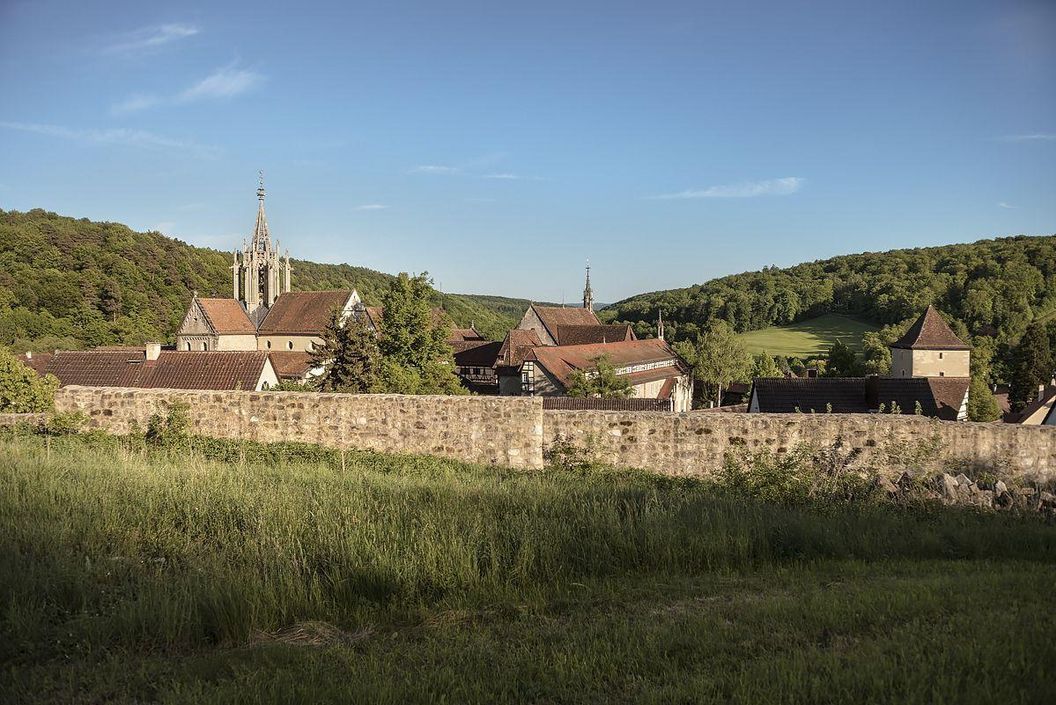Where did the devotee of Martin Luther come from?
Johannes Brenz came from the city of Weil and studied theology in Heidelberg. In 1518, he met Martin Luther when the latter was intended to explain his theses on indulgences. The student was passionately eager for Luther's much-needed innovations. The two theologians immediately began a close and long-lasting friendship that fueled the ideas about changing the church and cemented Brenz's reputation as Luther's "man in the south."



